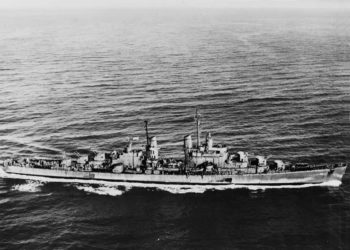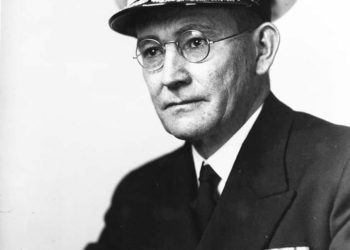America’s Lost Battle Cruisers: The Lexington-class
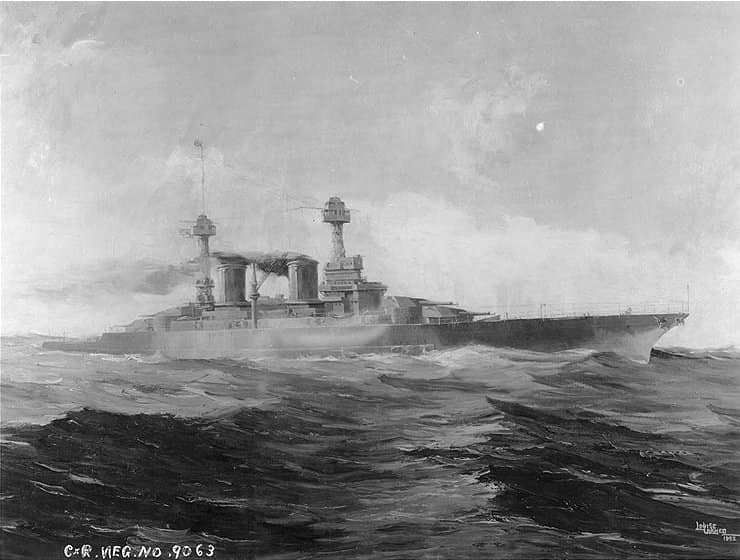
Not many people know this, but the U.S. Navy was interested in developing its own class of Battle cruisers prior to the outbreak of World War I. This was in response to the Japanese Imperial Navy launching the Kongō class Battle cruisers, which were actually based on British designs drawn up by naval architect George Thurston. At this point in history, Battle cruisers were a rather new piece of technology, and all the major Naval powers were developing their own. Naturally, the U.S. Navy did not want to be left behind.
Initially, the first designs were not approved by Congress when the requests were first submitted in 1909. However, when World War I broke out and the idea of America joining the war became a real possibility, the Battle Cruisers were incorporated into the Naval Act of 1916. This act essentially laid out a plan to increase the size of the U.S. Navy, which included the construction of six of the proposed “Lexington-class.”
Design and Specifications
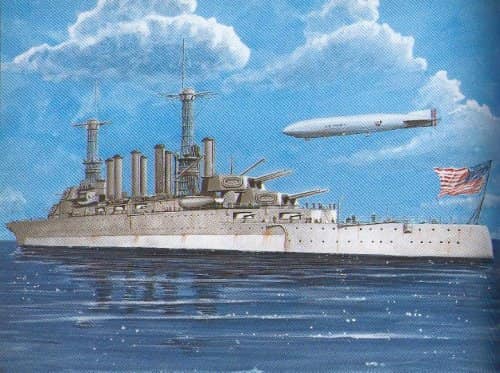
These new ships would have weighed up to 43,500 tons. They would have had a main battery consisting of 8 x 16 inch (406 mm) main guns mounted in 4 turrets, with secondary armament consisting of 14 x 6 inch guns, 8 x 3 inch anti-aircraft guns, and 8 x torpedo tubes.
Power for these ships would come from 16 water tube boilers, giving them a top speed of 33 knots. They would have had a range of 10,000 nautical miles at a speed of 10 knots, making them perfect for long patrols in the western Pacific. Interestingly enough, the British sent one of their own designers to the U.S. to help develop this new class of warship. After naval staff assigned to Great Britain got a chance to tour the recently completed H.M.S. Hood and were quite impressed, it meant that if built, the American ships would have shared their DNA with British designs.
Construction and Cancellation
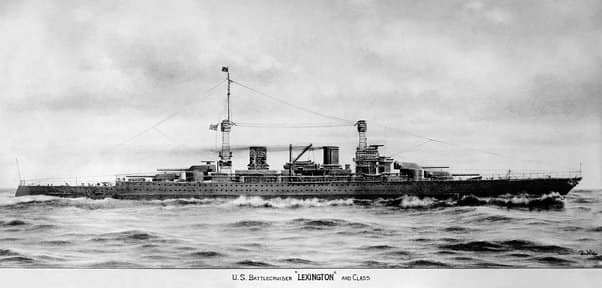
However, despite three hulls being laid down, America would never officially operate Battle Cruisers. During World War I, more focus was placed on building escorts rather than large capital ships, so the construction of the first three ships was placed on hold until 1920. Then, in 1922, the Washington Naval Treaty was enacted, which more or less doomed the project.
USS Constellation (CG-2), which was further along in her construction, was scrapped. Meanwhile, her sister ships Lexington (CG-1) and Saratoga (CG-3) were converted into the first fleet carriers the U.S. Navy would operate.
~NC





